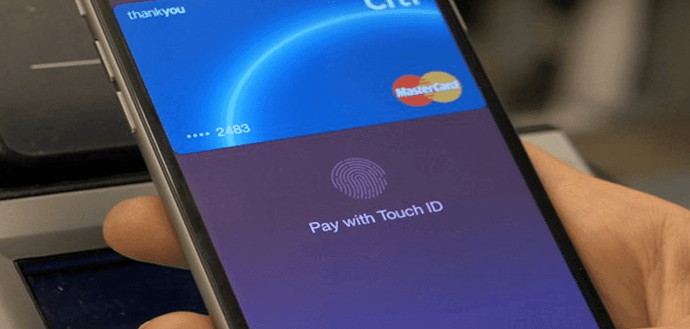Very soon, you will be able to pay your electricity bills while buying groceries at the supermarket because now the Reserve Bank of India (RBI) is allowing setting up payment banks.
February 2, 2015 was the last date of applying for payment bank. Some of India’s biggest companies including Bharti Airtel, Aditya Birla Group, Reliance Industries, future group and some lesser known companies like Fino Paytech, Oxigen has applied for getting license of payment bank.

Why so much attraction?
In India out of 93 crores mobile subscriber 80 crores are active users. 38 crore users reside in rural India. So, the reach of mobile is extensive. For example, Bharti Airtel has 20 crore subscriber, which is nearly the same number of SBI customer. And also only 35% of India’s adult population has accounts with financial institutions. So there is a huge unbanked population which can be targeted.
Also, telecom companies are not able to generate enough revenue from the traditional voice, message and data market, which has forced them to look out for new business opportunities. They must also justify their investment in spectrum and network infrastructure. As banking has consistent growth and returns, it may provide telcos a perfect ground. Telcos can provide combined mobile communication and banking product which can be a way to move beyond traditional voice services and differentiate the product to retain more customer.
There is also a threat from other players like Apple and Google who can have their feet Indian payment bank market.
Payment Bank: what exactly it is?
Payment banks are entities which will allow you to have savings and current accounts. Cash handling will be easier using payment banking. For example, you can transfer money using your mobile phone to another mobile phone or to another bank account and also receive money through your mobile phone. You can make payments to point-of-sale terminals at large retailers.
You can have a maximum balance of 1 lakh rupees in a payment bank account. These deposits are covered by the deposit insurance. Payment Bank will pay interest on this amount, the interest rate is yet to be decided by the RBI.
These payment banks will not be able to provide loan to their customer. And also these banks cannot issue credit cards.
Also read: RIL SBI Payments Banks
As RBI has clearly stated that every payment bank must have an equity capital of 100 crores and maintain a capital adequacy of 15%. Also, they have to meet certain cash reserve requirements and need to invest in specific securities to meet the statutory liquidity ratio. For the first five years promoter’s holding must be at least 40%, eventually it can be reduced to 26% over 12 years.
Difference between Payment Banks and other banking systems:
| System | Can Give Loans? | Can Accept Retail Deposits? | Can Make Payments? |
| Payments Network Operator (like Mastercard, Visa) | No | No | Yes |
| Payments Bank | No | Yes | Yes |
| Commercial Bank (SBI, ICICI) | Yes | Yes | Yes |
| White Label ATM (TATA/Indica$h) | No | No | Yes |
| Bitcoin digital wallet | No | No | Yes (only if both party agree) |
Role of telecom in Payment Banking:
- Telecom is looking to position itself in every part of payment banking supply chain
- Telecom will provide technology, distribution network and build scalable infrastructure
- It will provide last-mile access by creating extensive branch and business correspondent network
- To provide accessible, affordable and simple banking solution telecom will co-create an eco-system
- Telecom will digitise payment and act as a catalyst towards a cashless society
Role of banks in Payment Banking:
Banks will not have any front end role in payment banking. Payment banks will not be able to keep customer’s money for longer periods, they may be able to keep customer’s deposited money for one or two days. This money will be kept with traditional banks and given to the customer as required. Bank will use their expertise and increase penetration of banking by being part of payment banking ecosystem.
Also read : Payment banks to be a new revenue stream for Telecom Companies
Future of Payment Banking:
Most of the transaction of Payment Banking will wireless, in which mobile phones and data will be used extensively. As I already said India has a huge mobile subscriber base, along with new technologies like 4G is to have a presence in most parts of the country. Also telecom companies and banks are co-creating an eco-system by partnering for Payment Banking. Considering this whole scenario Payment banking has fairly good future ahead.















